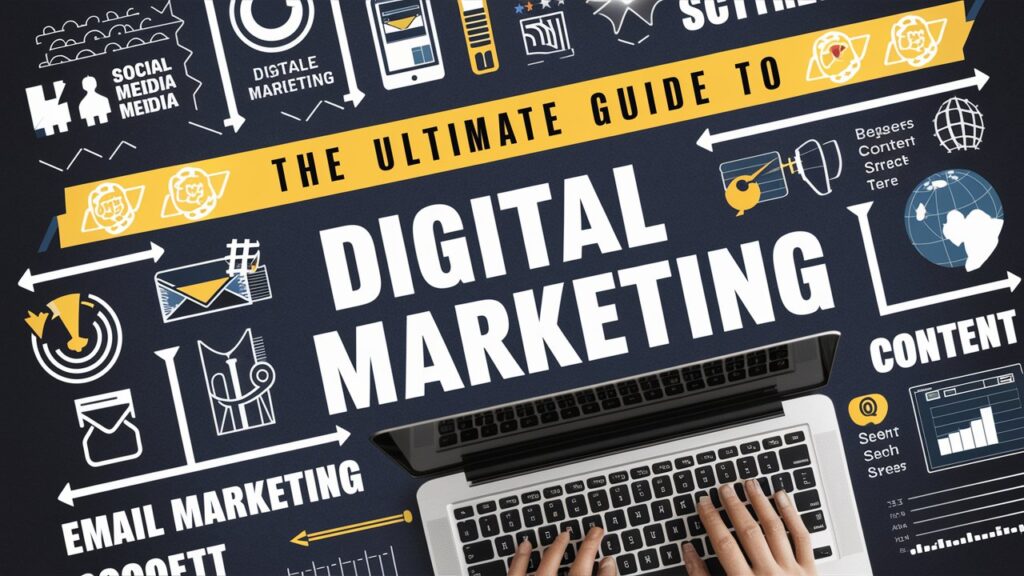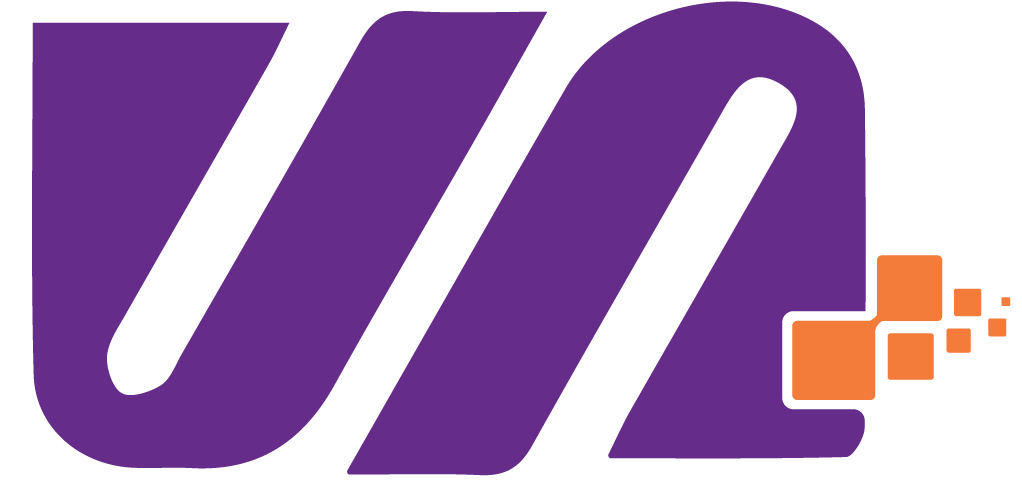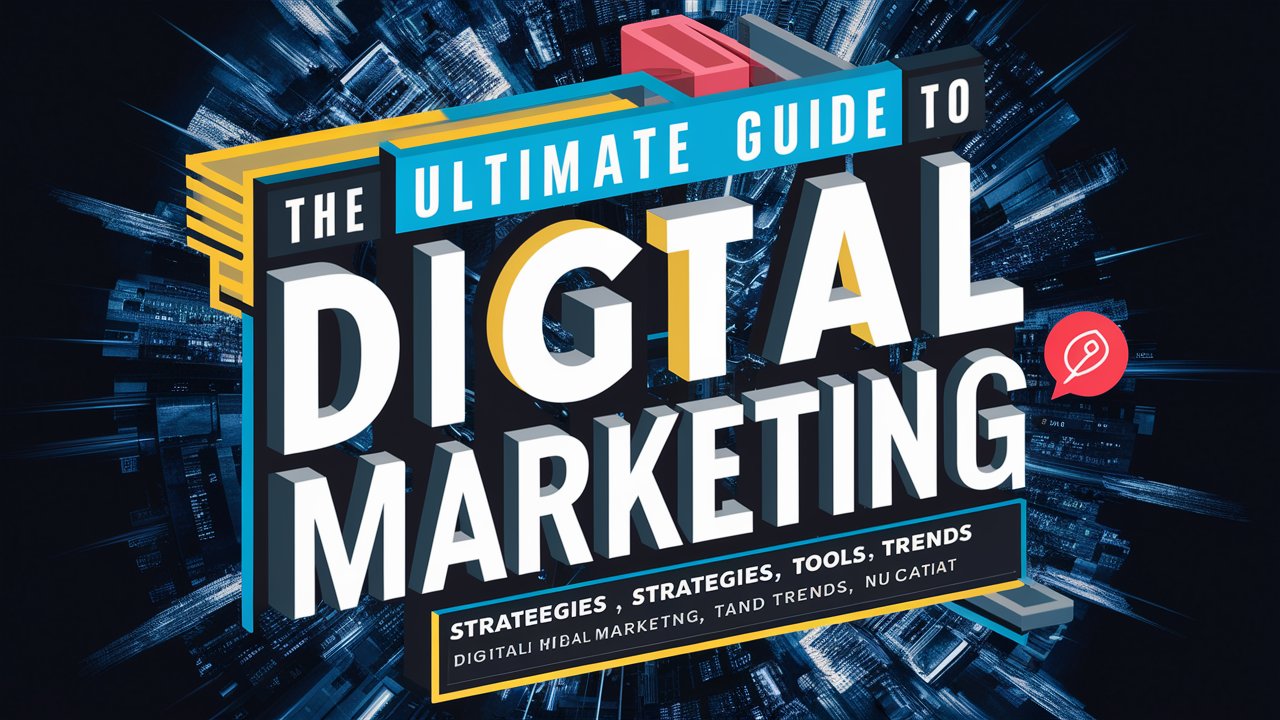The Ultimate Guide to Digital Marketing | Strategies, Tools, and Trends
Introduction
In the digital age, marketing has shifted from traditional billboards and flyers to sophisticated online campaigns. Digital marketing includes all marketing efforts using electronic devices or the Internet. Companies use digital channels such as search engines, social media, email and other websites to engage with current and potential customers. This comprehensive guide will delve into digital marketing’s core strategies, essential tools, and emerging trends to help you navigate this dynamic terrain.

1. Understanding Digital Marketing
Digital marketing has grown tremendously since the early days of email marketing and banner ads. Unlike traditional marketing, which includes physical media such as print advertising, digital marketing works online, offering a broad reach and precise targeting for some key components of Digital marketing and SEO , content marketing, social media marketing, PPC advertising, email marketing, and more . Understanding these factors is essential to creating a cohesive and effective digital marketing strategy.
2. Content marketing
Content marketing is about creating and sharing valuable, relevant content to attract and engage your target audience. This can take a variety of forms, including blog posts, videos, infographics, and social media updates. Effective content marketing requires understanding your audience’s needs and interests, creating high-quality content, and delivering it the right way. For example, a well-designed blog post optimized for SEO can drive organic traffic to your site, while engaging social media posts can boost community and brand loyalty.
3. Search engine optimization (SEO)
SEO is the process of optimizing your website to rank higher in search engine results pages (SERPs). This includes on-page SEO, such as optimizing content and metatags, and on-page SEO, such as backlink building. Keyword research is an important part of SEO, it helps you understand what your audience is searching for. Tools like Google Analytics and Ahrefs can help you track your SEO performance and make data-driven decisions to improve your rankings.
4. Social media marketing
Social media platforms like Facebook, Instagram, Twitter and LinkedIn offer unique opportunities to connect with your audience. Effective social media marketing includes creating and sharing content that resonates with your audience, engaging with fans, and running targeted advertising campaigns Each platform has its strengths—Instagram for content visibility, LinkedIn for business connections, and Twitter is great for real-time updates. Measuring engagement, your conversions, and conversions is essential to setting up your social media strategy.
5. Paid advertising (PPC).
PPC advertising allows you to place ads on search engines and social media platforms, and you only pay when someone clicks on your ad. Google ads and Facebook ads are popular PPC programs. Creating an effective PPC campaign involves choosing the right keywords, creating a strong ad image, and setting a budget. Analyzing metrics like click-through rates (CTR) and conversion rates helps you optimize your campaigns for maximum performance.
6. Email marketing
Email marketing is a powerful tool for managing leads and driving conversions. Building an email list involves collecting email addresses through registration forms and landing pages. Segmenting your list allows you to send targeted messages to different audience groups. Compelling email content, personalized messaging, and automated workflows can dramatically improve your email marketing efforts. Tools like Mailchimp and Constant Contact provide features to manage and optimize your campaigns.
7. Affiliate and influencer marketing
Affiliate marketing is partnering with affiliates who promote your products in exchange for a commission on sales. This expands your craft and allows you to sell items with no upfront costs. Influencer marketing uses individuals with a large following to promote your brand. Choosing the right influencers and maintaining authentic partnerships is the key to successful influencer marketing. Affiliate marketing and influencer marketing rely on trust and credibility to be effective.
8. Conversion Rate Optimization (CRO) .
CRO focuses on improving the percentage of website visitors who take a desired action, such as making a purchase or signing up for a newsletter. CRO techniques include A/B testing, where you compare two versions of a website to see which performs best, and using heat maps to understand user behavior. Tools like Google Optimize and Hotjar can help you implement and track CRO strategies, ultimately increasing your conversion rates.
9. Video Marketing
Video content is becoming increasingly important in digital marketing, capturing and engaging audiences. Video content types include tutorials, testimonials, product demonstrations, and live streams. Platforms like YouTube and TikTok are popular in video marketing, offering content to reach out and engage your audience. Creating high-quality, engaging videos with clear messages is essential to your success in video marketing.
10. analysis and data analysis
Data analytics are at the heart of digital marketing, allowing you to track performance, understand user behavior and make informed decisions. Key metrics to monitor include website traffic, engagement rates, conversion rates and return on investment (ROI). Tools like Google Analytics give you insight into your digital marketing efforts, helping you identify what’s working and what needs to be improved. Data-driven decisions ensure your marketing strategies are effective and aligned with your business objectives.8. Conversion Rate Optimization (CRO) .
CRO focuses on improving the percentage of website visitors who take a desired action, such as making a purchase or signing up for a newsletter. CRO techniques include A/B testing, where you compare two versions of a website to see which performs best, and using heat maps to understand user behavior. Tools like Google Optimize and Hotjar can help you implement and track CRO strategies, ultimately increasing your conversion rates.
TO GET DIGITAL MARKETING SERVICES CLICK HERE


